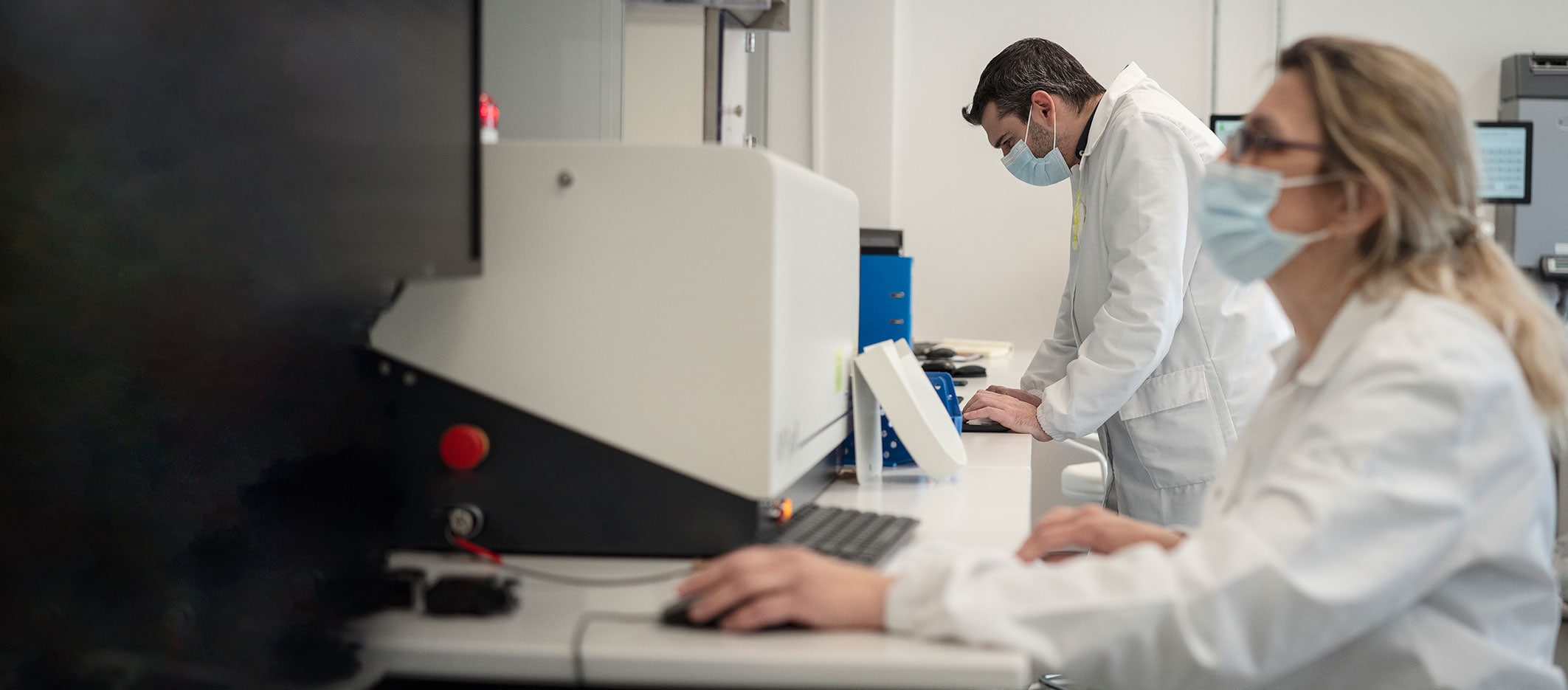When a cigarette is lit, the tobacco burns and creates smoke. In cigarette smoke more than 6,000 chemicals or ‘smoke constituents’ have been identified. Public-health authorities have classified approximately 100 of them as causes or potential causes of smoking-related diseases such as lung cancer, cardiovascular disease, and emphysema. These constituents include among others arsenic, benzene, benzo[a]pyrene, carbon monoxide, heavy metals (such as lead and cadmium), hydrogen cyanide, and tobacco-specific nitrosamines.
Are cigarettes harmful and addictive?
Yes, all cigarettes are harmful and addictive. Although there are a variety of cigarette brands available on the market with different features (such as the cigarette blend style, diameter, length, as well as tar, nicotine, or carbon monoxide yields), smokers should not assume that any of these features means that one cigarette is less harmful or less addictive than another.
While it can be very difficult to quit smoking cigarettes, millions of smokers have succeeded in doing so.
Tar, nicotine, and carbon-monoxide yields
Tar
Tar is the residue of particles that are contained in cigarette smoke. It is not a single chemical, but instead a mixture of several thousand smoke constituents. Tar is measured under laboratory conditions by trapping the particles on a filter and then subtracting water and nicotine.
Nicotine
Nicotine is a naturally occurring chemical in the tobacco plant. When tobacco is burned, nicotine is transferred into the smoke. Nicotine, while addictive, is not the primary cause of smoking-related diseases.
Carbon monoxide
Carbon monoxide is a gas that is formed in cigarette smoke. Carbon monoxide has been identified as a leading cause of cardiovascular disease (heart disease) in smokers.
Secondhand smoke
Secondhand smoke, also known as environmental tobacco smoke (ETS), is a combination of the smoke produced from the lit end of a cigarette and the smoke exhaled by smokers.
Public health authorities, including the WHO, have concluded that secondhand smoke causes diseases, including lung cancer and heart disease, in nonsmoking adults, as well as conditions in children such as asthma, respiratory infections, cough, wheezing, otitis media (middle ear infection), and sudden infant death syndrome. In addition, public health officials have concluded that secondhand smoke can exacerbate adult asthma and cause eye, throat, and nasal irritation.
The public should be informed about these conclusions and guided by them in deciding whether to be in places where secondhand smoke is present or, if they are smokers, when and where to smoke around others. Smokers should not smoke around children or pregnant women.
Some cigarettes available on the market contain smoke-related features, such as reduced smoke odor or reduced visible smoke. These features do not mean that the product is less harmful to smokers or nonsmokers than other cigarettes.
Smoking and pregnancy
Pregnant women should not smoke and should not use any other nicotine products.
According to public health authorities, women who smoke before or during pregnancy are at increased risk for:
- premature births, pregnancy complications, and still births
- having low birth weight babies, who are at a greater risk for childhood and adult illnesses and even death
- babies suffering sudden infant death syndrome
- babies having reduced lung function
If you are pregnant, or think you may be, do not smoke.




